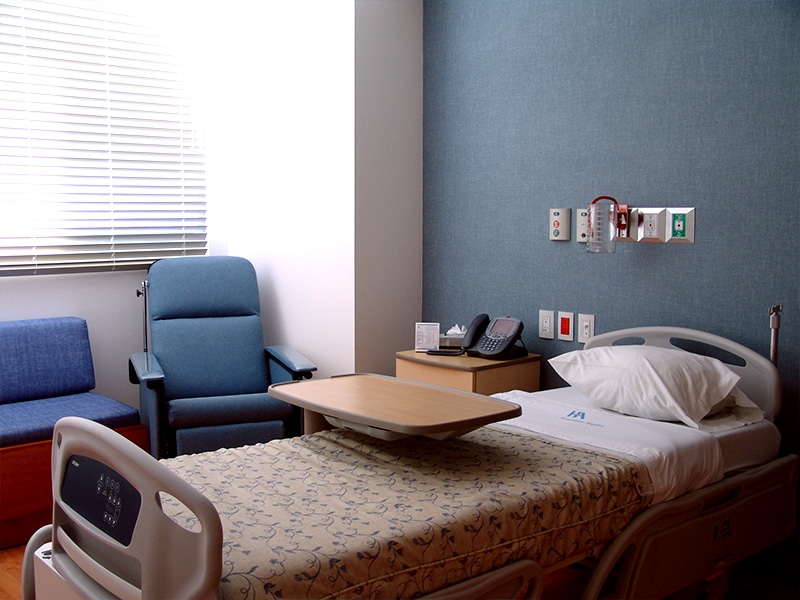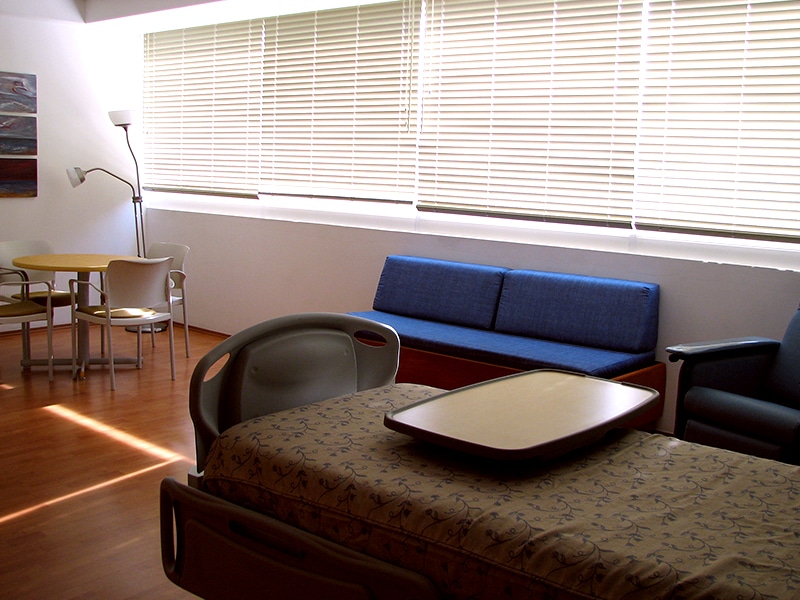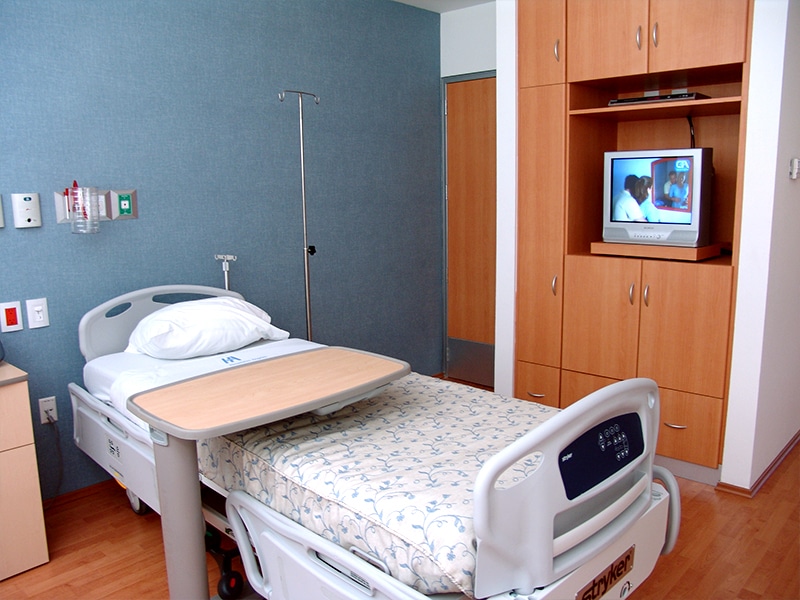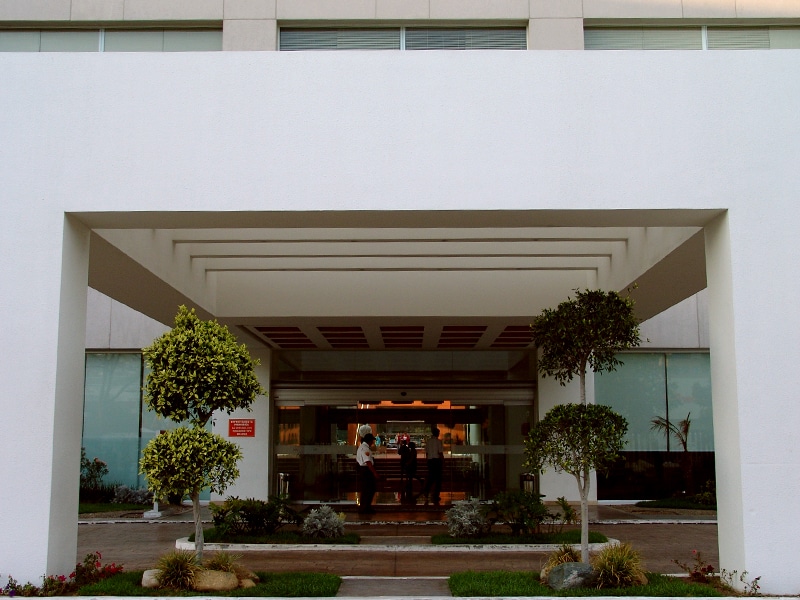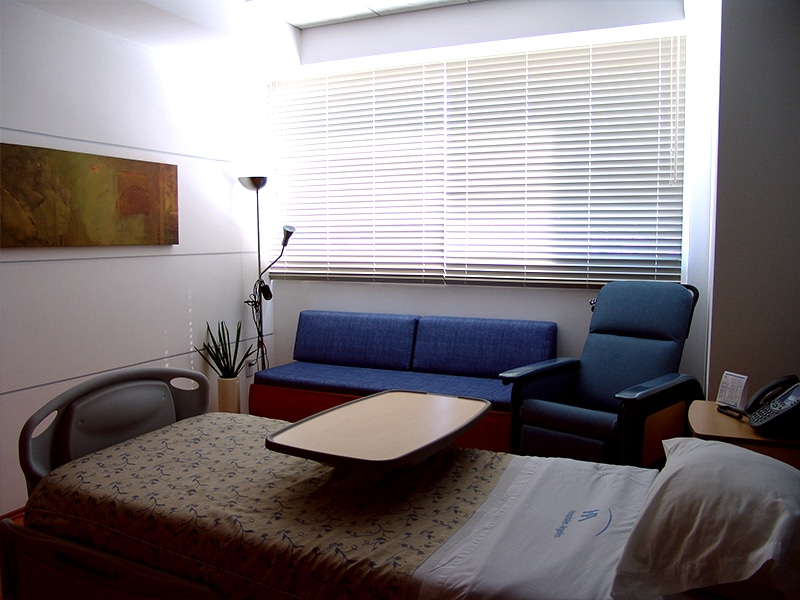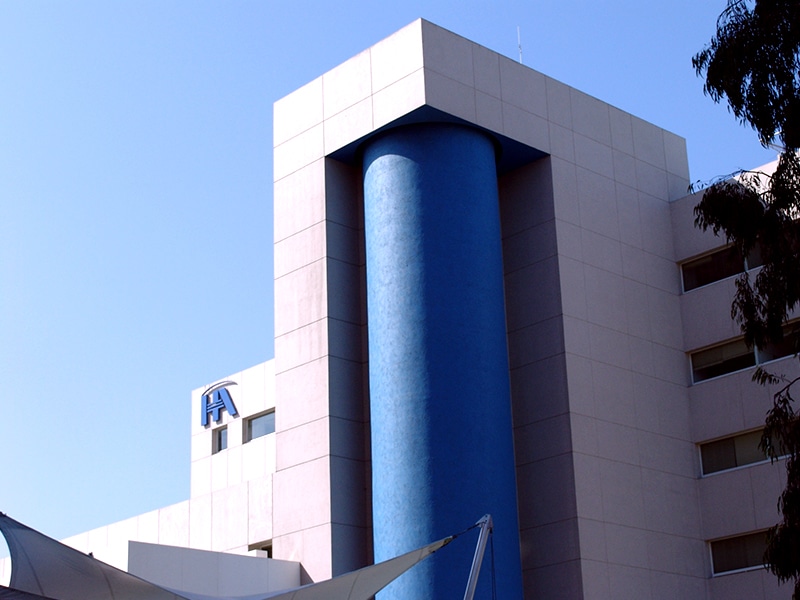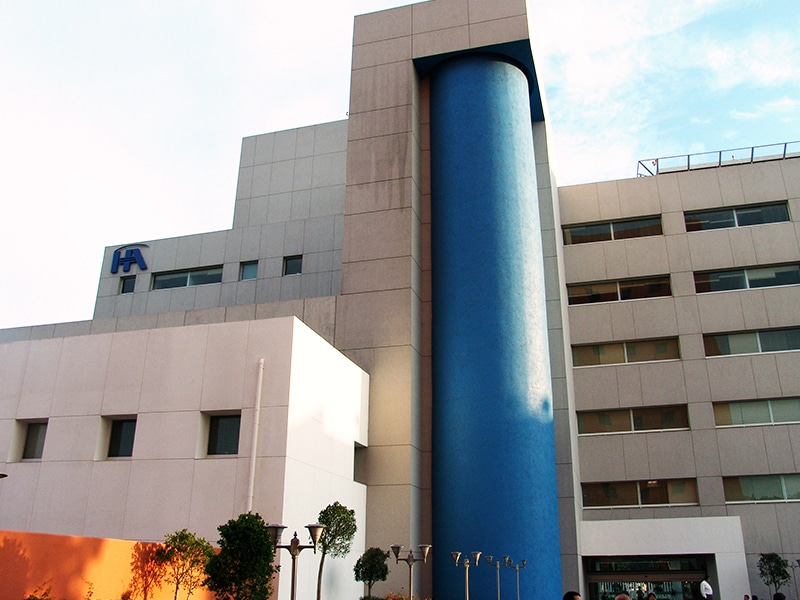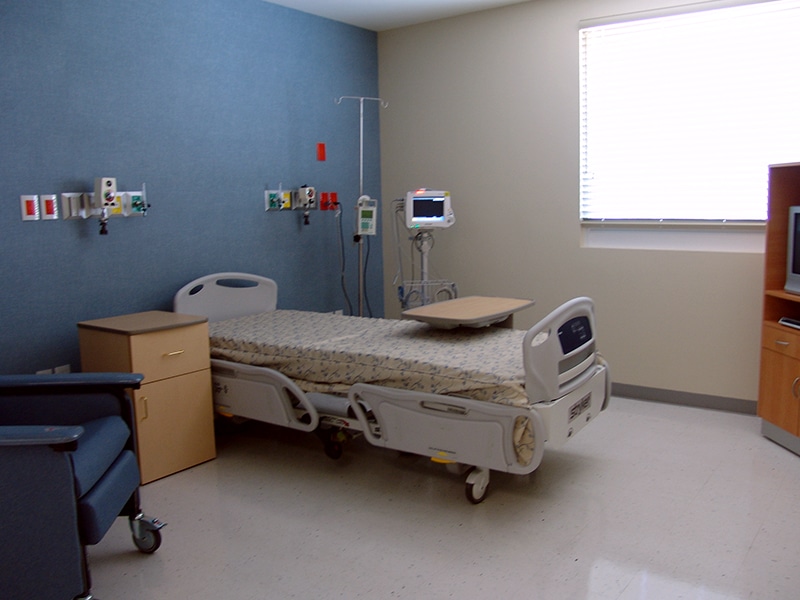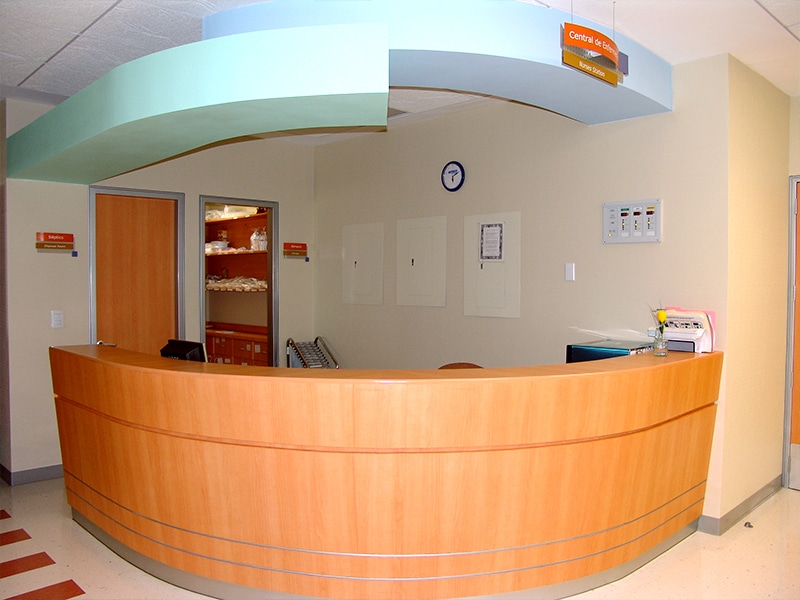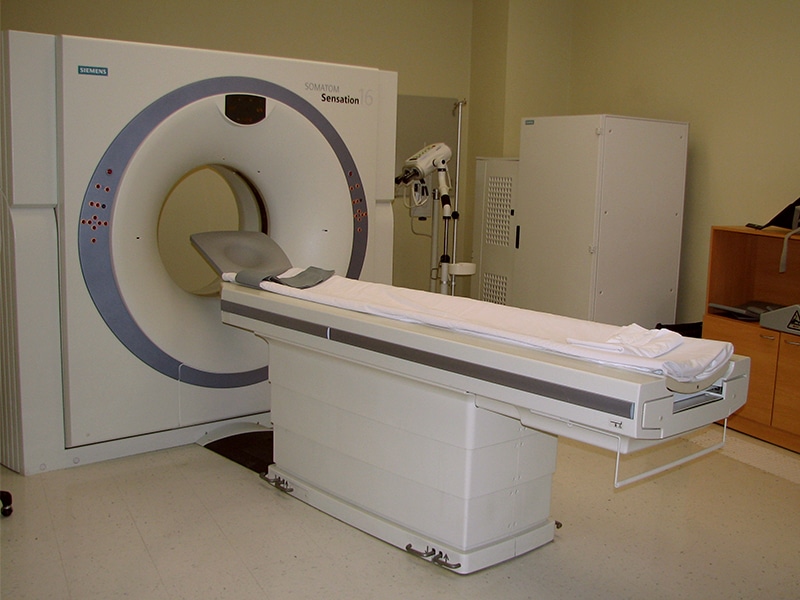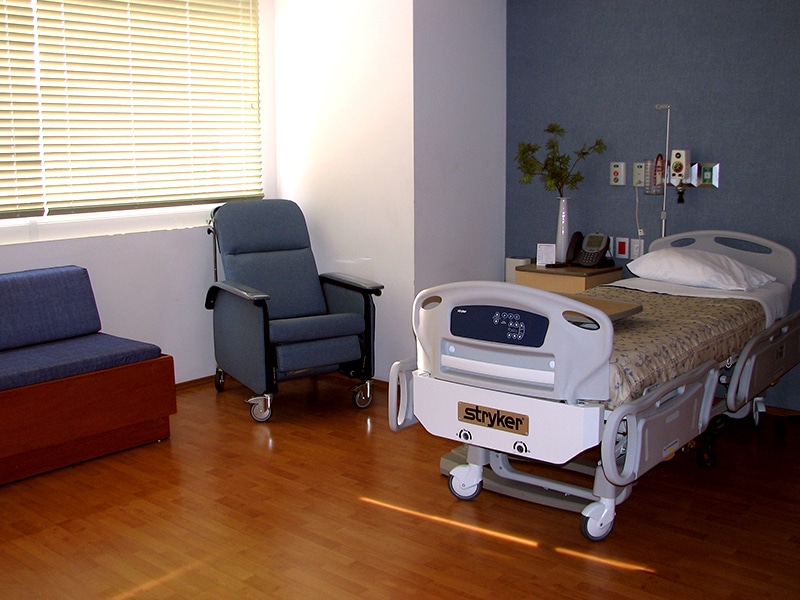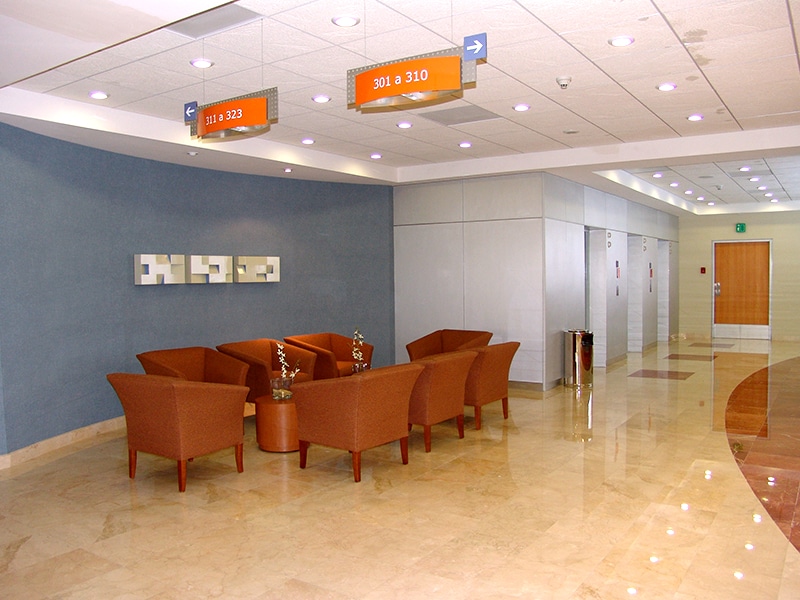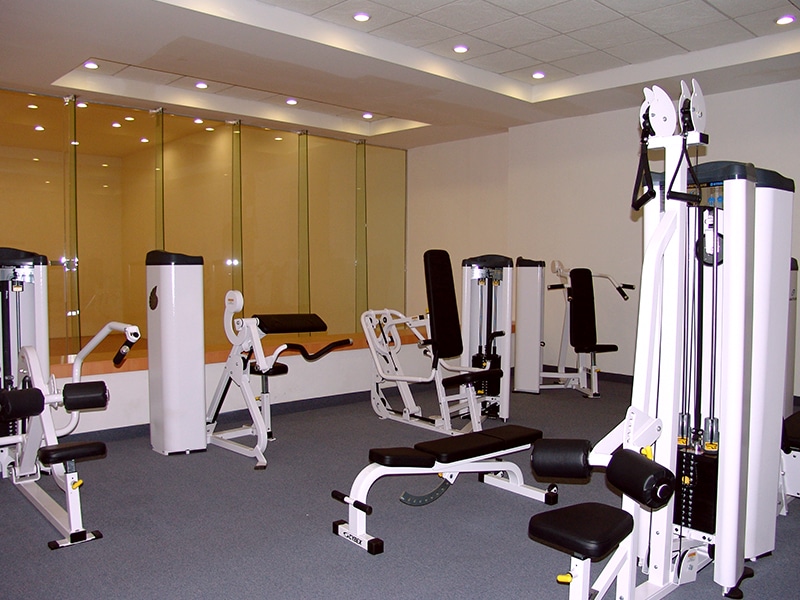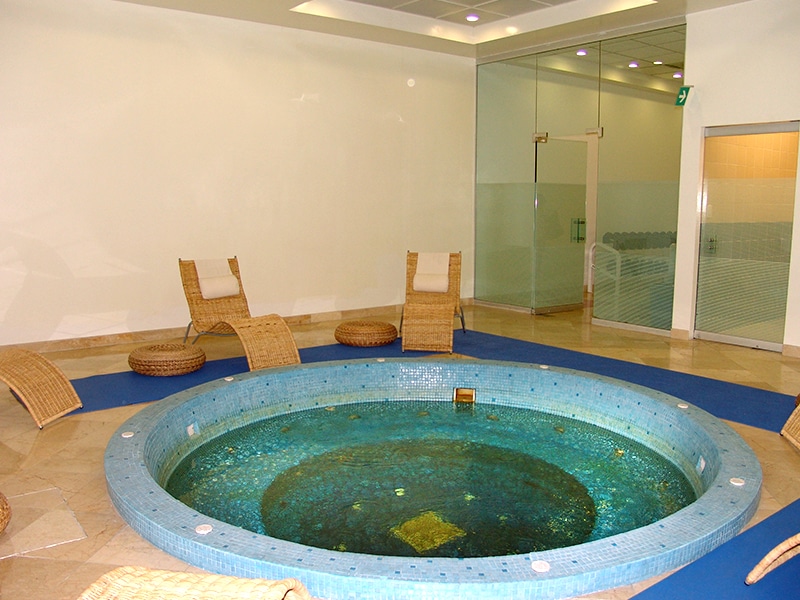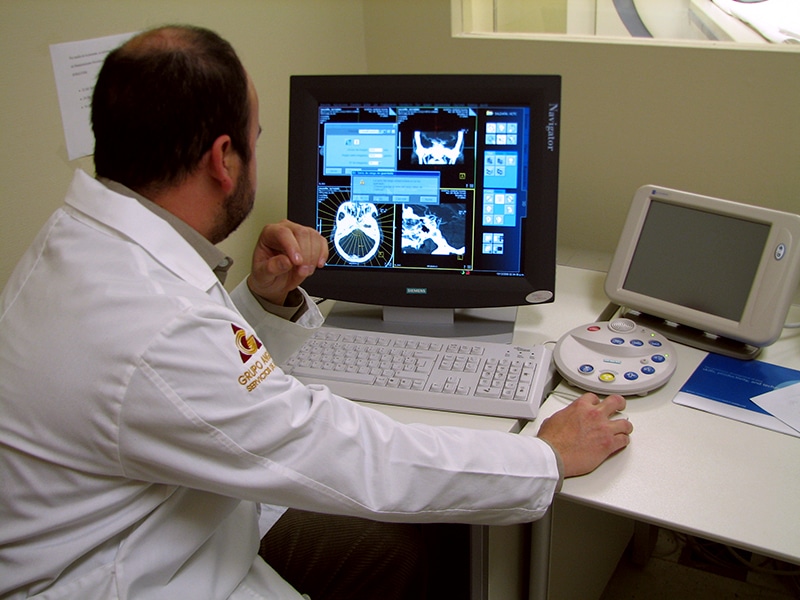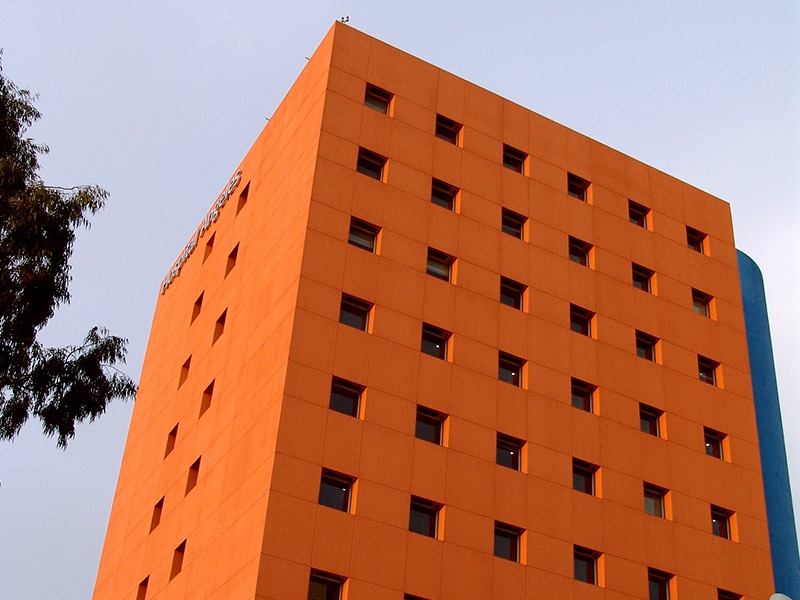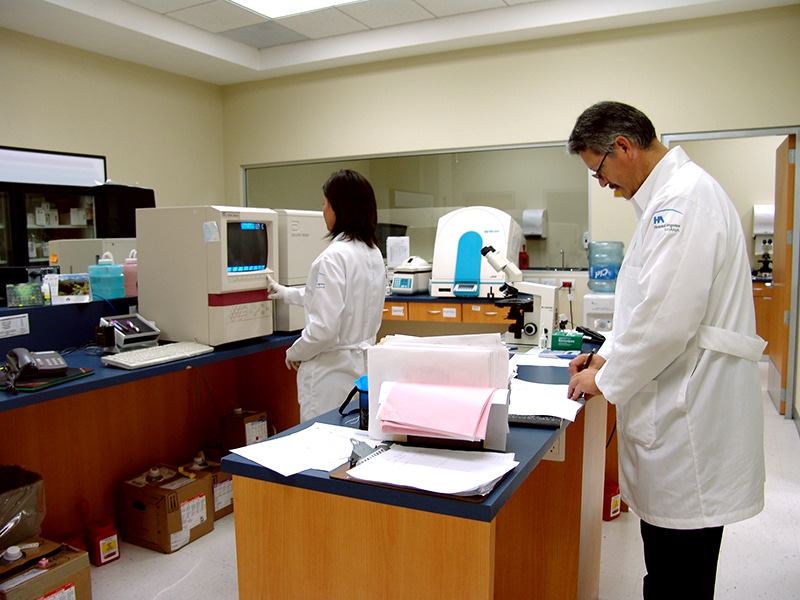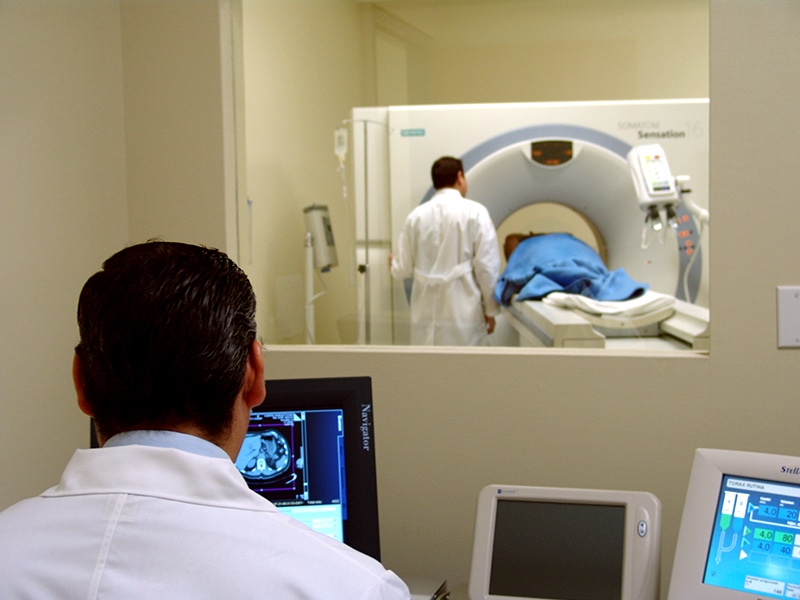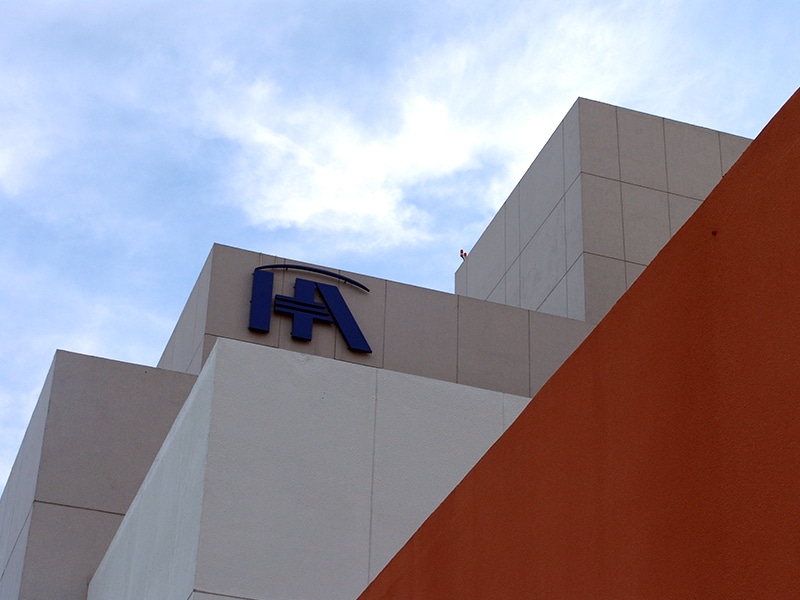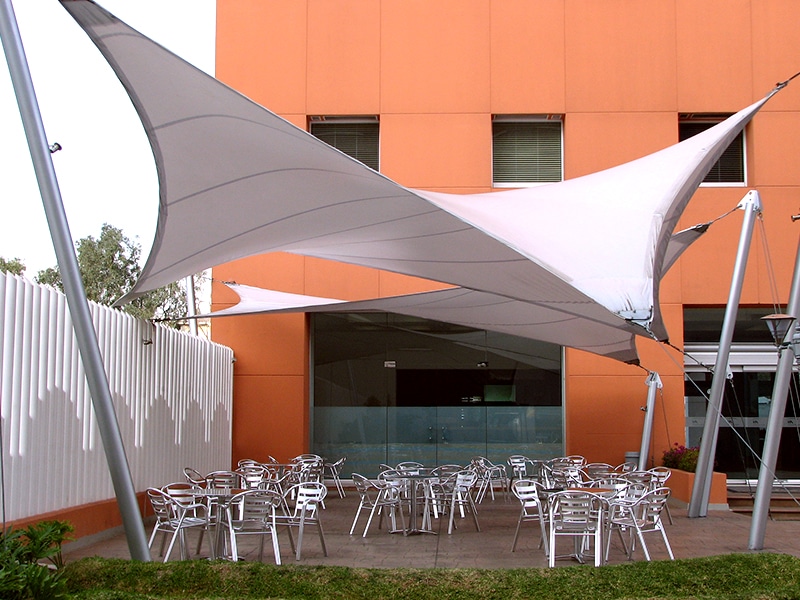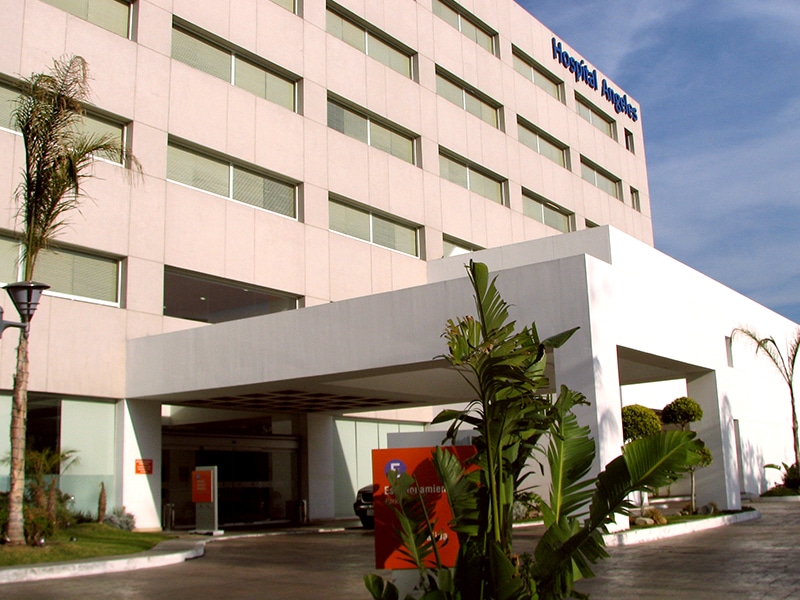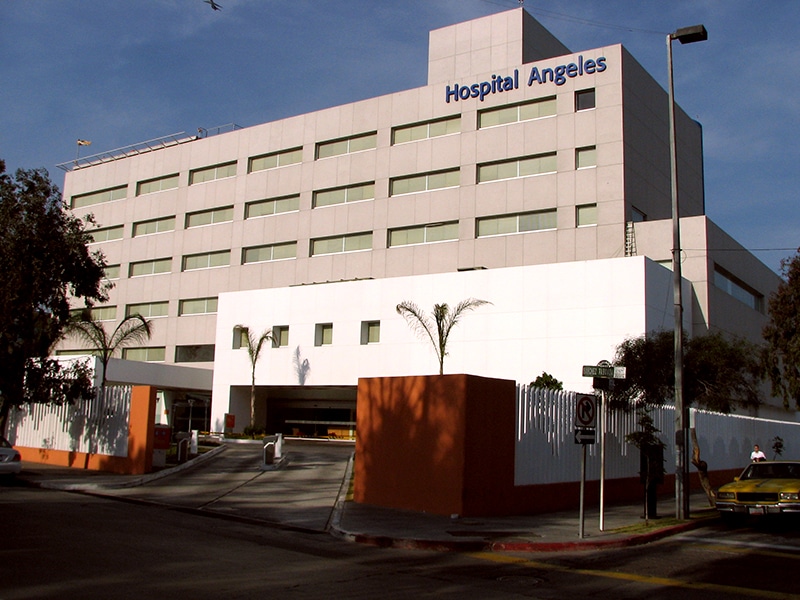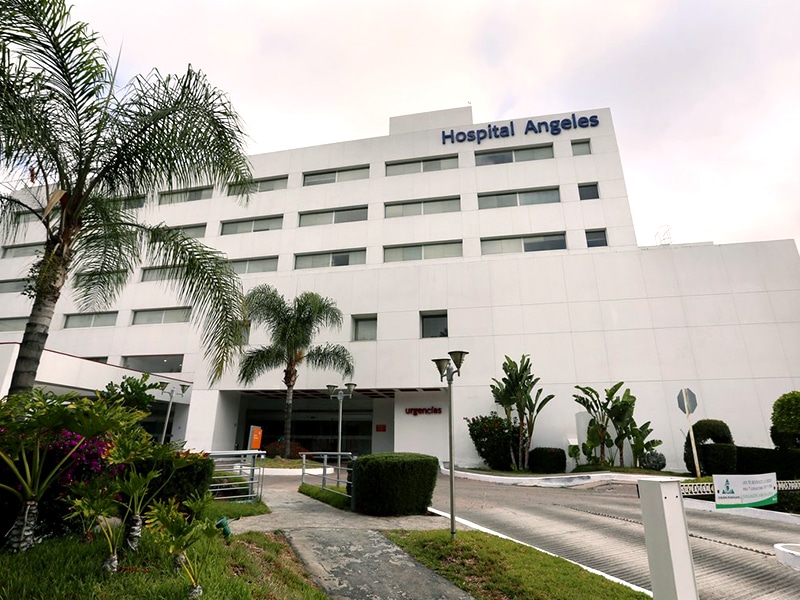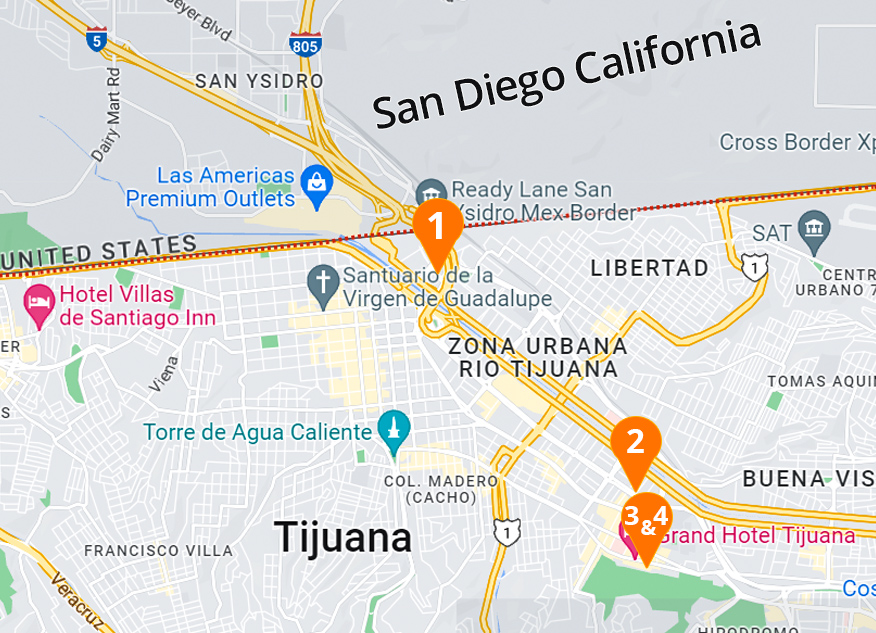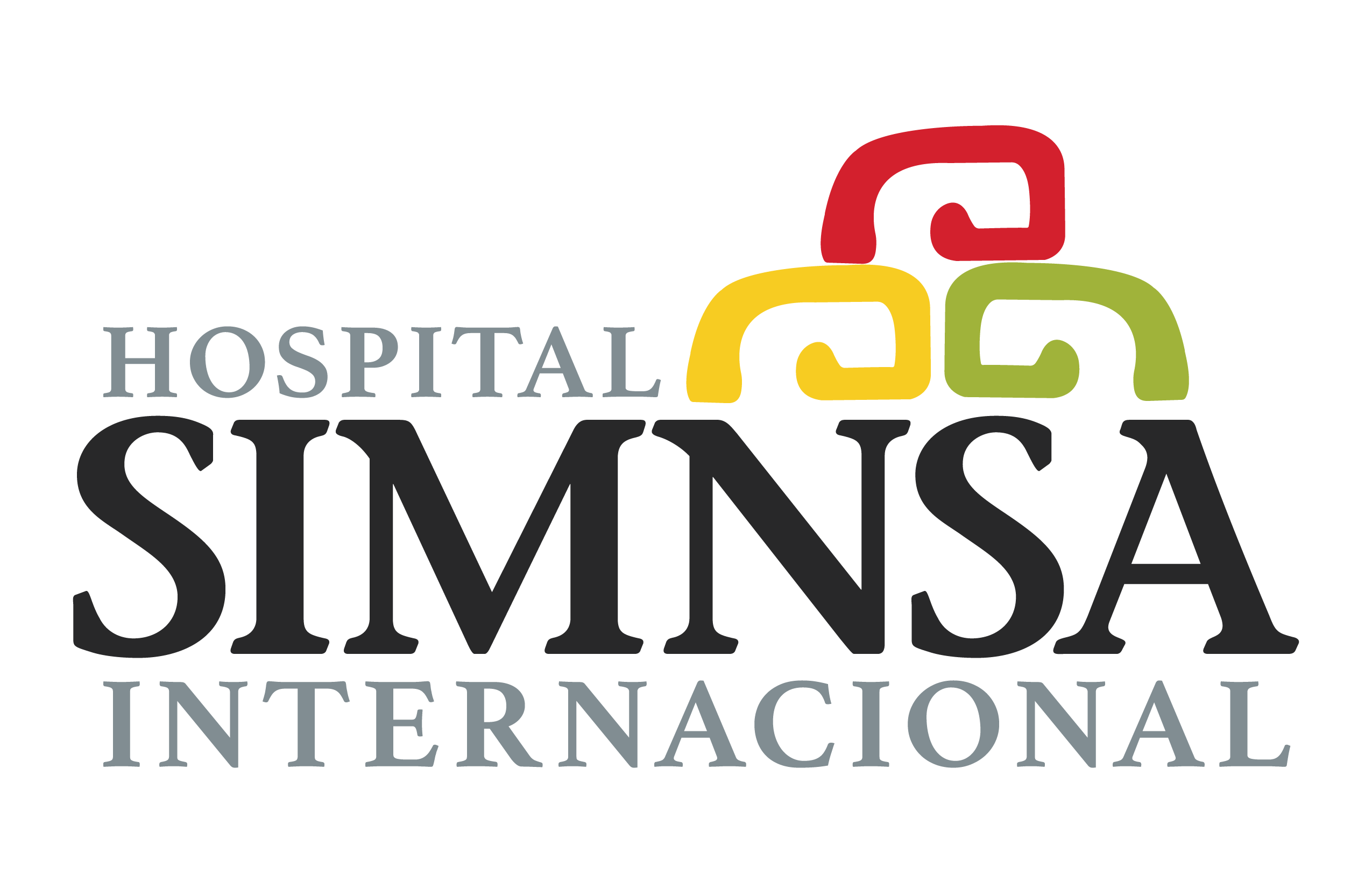Lumbar Dynamic Stabilization
Our price: from $3,500 to $6,500
Lumbar Dynamic Stabilization is a relatively new treatment for low back pain that represents an exciting advance in spine surgery. With low back pain affecting up to 80% of people in the United States today, spinal fusion surgery has become more popular than ever: More than 200,000 surgeries are performed annually, while pain management for low back pain represents a segment of the healthcare industry worth over $100 billion.
Dynamic stabilization costs far less than spinal fusion surgery, with typical savings over traditional spine surgery amounting to $50,000 and more.

Lumbar Dynamic Stabilization Surgery
Neurology Center of Excellence
Lumbar Dynamic Stabilization (also known as soft stabilization or flexible stabilization) has developed as a less invasive, more effective and reversible alternative to spinal fusion that MedicalMex is pleased to offer its patients.
Dynamic stabilization/soft stabilization also costs far less than spinal fusion surgery, with typical savings over traditional spine surgery amounting to $50,000 and more. Add to that the savings made by choosing us, as well as the opportunity to undergo a new procedure that is not available in its full capacity everywhere, and the benefits of LDS MedicalMex are clear.

Best Medical Facilities in Tijuana, Mexico
The Safe, Affordable and Only Certified Medical Facilities for +10 years
- Home of Best Board Certified Orthopedic Surgeons in Mexico
- Personalized attention with US based case managers
- Peace of mind from getting treated with the most prestigious hospitals in Mexico
- Full-scale certified hospitals and clinics with International Accreditation’s
- Best technologically advanced medical facilities in Tijuana
- Shuttle Service
- In-house Pharmacy and Chapel
- Best amenities
- Comfortable rooms with companion accommodations
Lumbar Dynamic Stabilization
Neurology Surgery Center or Excellence
Dynamic stabilization/soft stabilization uses flexible materials to stabilize the affected lumbar region while preserving the natural anatomy of the spine. It is intended to alter the load-bearing pattern of the spine’s motion segment and to control any abnormal motion while leaving the affected spinal segment mobile. The idea behind stabilization is that controlling abnormal motions while supporting more physiologic load transmission may relieve the pain associated with degenerative disk disease and prevent further degeneration of adjacent segments of the spine. Once normal motion and load transmission can be achieved, a patient’s damaged disc may even repair itself.

